Sulphur 391 Nov-Dec 2020

30 November 2020
The year that went viral
YEAR IN REVIEW
The year that went viral
A look back at some of the major events of 2020 for the sulphur and sulphuric acid industries, as well as a look forward as to how 2021 might look.

It is hard to begin a review of 2020 without mentioning the coronavirus pandemic. Beginning in China in January, it was having serious effects by February, soon moving on to the rest of East Asia. Europe and North America soon followed, and by the end of March, the pandemic led to extended ‘lockdowns’ for billions of people, and still continues to work its way around the world, with South America and India now badly affected, while the colder months in the northern hemisphere and more people spending time indoors are feeding a ‘second wave’ of cases in Europe and America.
The effect upon economies has been profound, confining people to their homes for extended periods, and shutting down all manner of economic activity, from long distance travel to sporting events. Oil and gas prices have slumped as demand has fallen, and most of the world has spent the year in recession.
For the chemical process industries, much of the disruption has been via the almost complete shutdown of international air travel and associated quarantine regimes that mean people are simply not able to travel. Face to face conferences have become a thing of the past, and we have all had to become familiar with the ins and outs of video conferencing. Engineers have not been able to go to sites to oversee plant construction or start-ups or deal with production problems.
Sour gas
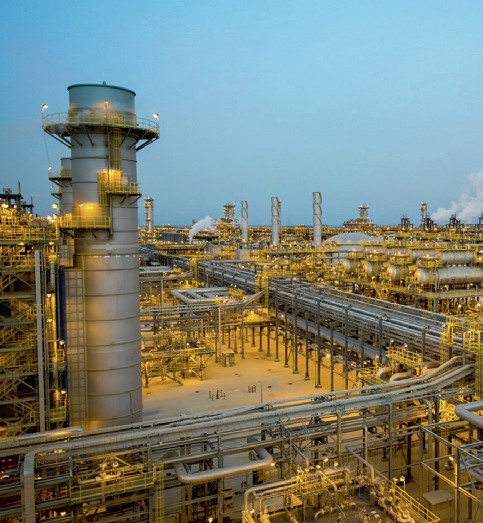
On the sour gas side, the Fadhili gas plant in Saudi Arabia (pictured, right) came on-stream in March 2020, with 1.3 million t/a of sulphur capacity and Qatar’s Barzan project is still expected this year, although that has been the case for some years now! However, other investments are being put back. Qatar has pushed the next phase of its North Field development back to 2025, for example, with revised tenders coming in during October. Oil majors have also become nervous about investments. Eni announced a review of its operations in March, including participation in the Ghasha development, and by April ADNOC had terminated $1.65 billion worth of projects related to the Dalma sour gas field development, part of the Ghasha mega-field, which had been scheduled for a 2022 operational date. The project was re-tendered in August.
Refining
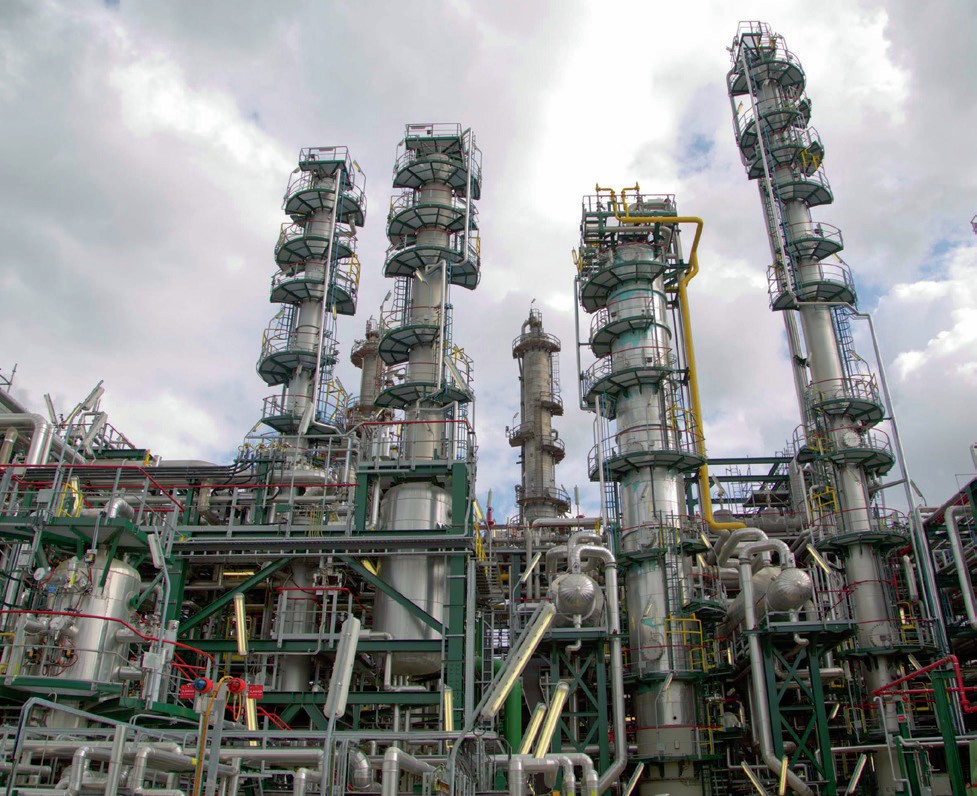
For a while during March, as oil demand dropped due to the impact of Covid-19, the situation in oil markets was exacerbated by Russia’s refusal to lower its output in line with proposed OPEC moves. This led to a brief oil price war, as Saudi Arabia flooded the market with its own production. This in turn saw oil prices drop by 65%, and WTI forward prices briefly went negative. The price slide was only halted by a Russia-OPEC deal in April, and extended in June, which led to 10 million bbl/d of production cuts. Low oil prices also forced a number of shut-ins at US shale-based producers, and US oil output fell by 2.5 million bbl/d.
In the run-up to January 2020, refiners had been struggling with the impact of IMO regulations and high demand for low sulphur fuel oil and distillates at the expense of high sulphur fuel oil, and many refineries switched to sweeter crude grades. However, the impact of the virus on refiners was a dramatic fall in demand for jet fuel and gasoline. This put a premium on heavier crude grades and sweet-sour price spreads almost disappeared.
The impact of lower refinery operating rates has been a fall in sulphur production, albeit only about 6% in the US, although exports to August were down by one third. It also put paid to any further thoughts of Saudi Aramco extending its IPO, which had led to the sell-off of 1.5% of the company in December 2019, at already somewhat disappointing prices as far as the Saudi government was concerned.
There were some new refinery completions, including Fujian in China and the Clean Fuels Project in Kuwait (pictured, right), the latter of which, together with the nearby Al Zour refinery, are expected to add 2.3 million t/a of sulphur capacity.
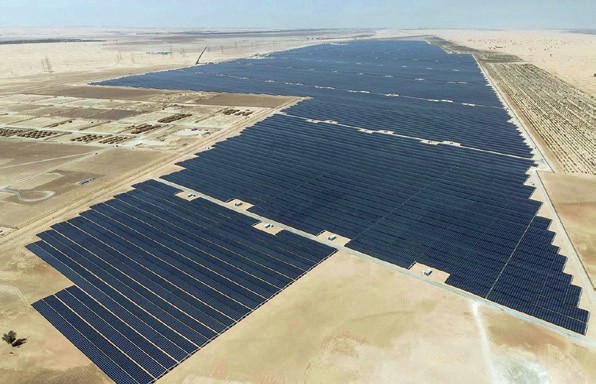
Sulphuric acid
Chinese smelter acid supply continued to increase, leading to some merchant supply out of China, especially after Covid hit – Chinese smelters were reluctant to shut down, and acid production soon outstripped storage capacity, leading to negative c,fr prices at Chinese ports, and similar knock-on effects in Korea and Japan. European prices also went negative in April, not recovering to positive values until July. In other supply side news, Glencore’s Katanga acid plant, with 1,900 t/d of capacity, saw its commissioning postponed from March to the end of 2020.
Chilean acid supplies and demand were disrupted by Covid-related shutdowns at copper mines and smelters. The Cuquicamauta smelter was closed down from June to August. Overall, Chilean acid imports were forecast to be down to around 2.8 million t/a for the full year.
In India, legal wrangling over the Tuticorin smelter continued. In the meantime, Indian demand for acid was impacted by shutdowns in the phosphate sector, although with acid prices cheap, many producers shut sulphur burning acid plants and imported Chinese acid instead. Indian acid demand is expected to be 15% down this year.
The bright spot was Morocco, where OCP manage to continue to run its phosphate operations normally and continued buying significant volumes of acid.
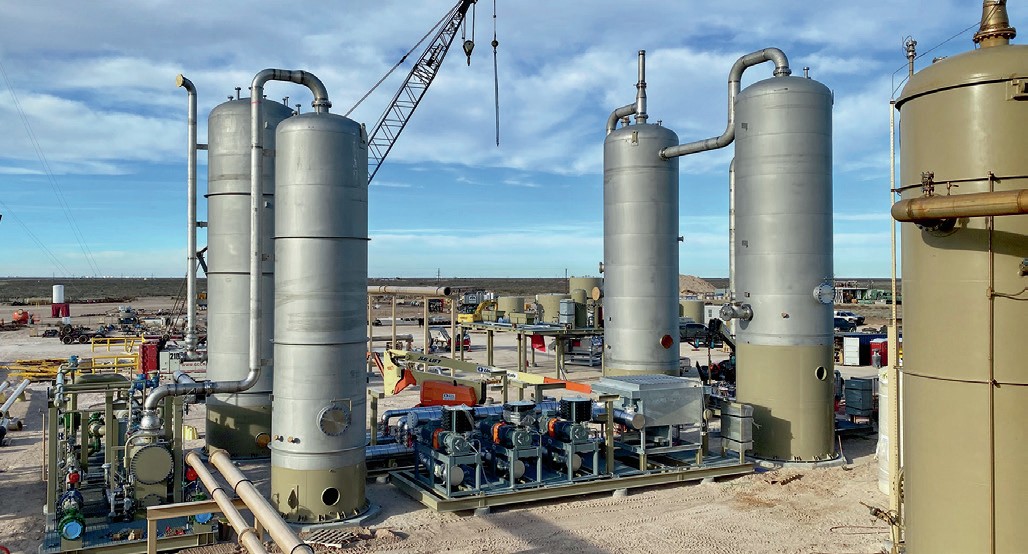
Technology
Technologies that Sulphur has highlighted this year include:
- Refinery green fuel integration with a sulphur complex (Jan/Feb).
- The Valkyrie redox process for H2 S removal (Mar/Apr).
- A new highly selective H2 S removal solvent (Jul/Aug).
- Lessons from SRU start-up and shutdown case studies (May/Jun).
- State-of-the-art processes for mercaptans removal (Sep/Oct).
- Topsoe’s Clearview and DynSox process monitoring and simulation software (Jan/Feb).
- BASF’s new promoter system, OASE yellow, compatible with MDEA solutions (May/Jun).
- Fluor’s new generation D’GAASS3G sulphur degassing technology (Mar/Apr).
- Enersul’s SafeFoam sulphur dust suppression system (Jul/Aug).
- Industry experience and guidance for preventing explosions in molten sulphur tanks (Sep/Oct).
- Design challenges for mega acid plants (Jul/Aug).
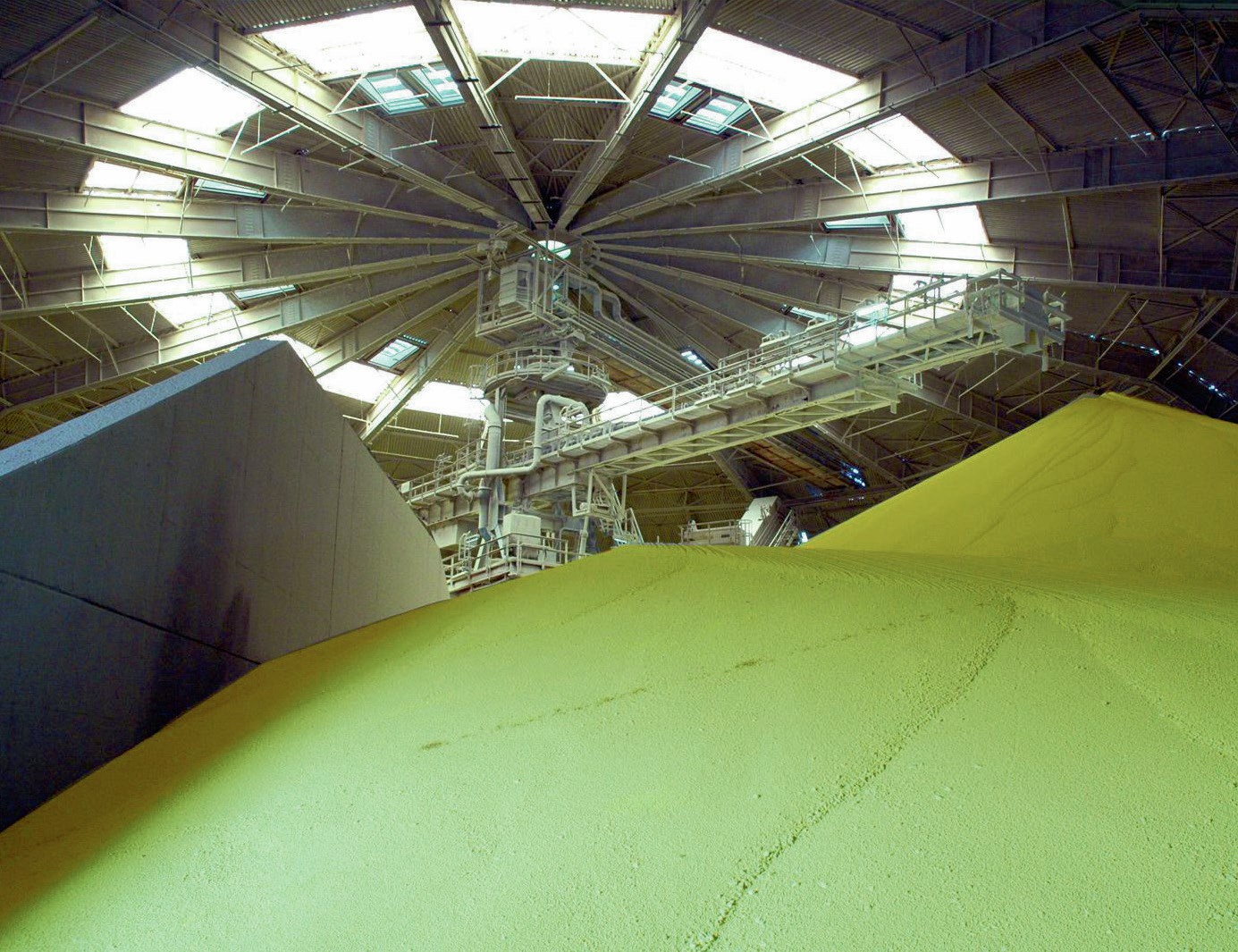
Sulphur
Sulphur prices started the year low, at below $40/t f.o.b. Middle East, but rose on a combination of supply disruptions, from refinery shutdowns or slowdowns to quarantine restrictions at major ports. A shutdown of Chinese phosphate plants in March due to coronavirus led to a record build-up of sulphur at Chinese ports, reaching 3.2 million tonnes in March, and Chinese 1H imports were down by 28% on the same period for 2019, at 4.2 million tonnes.
Elsewhere, the restart of Ravensthorpe Nickel in Australia in May, with its sulphur-burning acid plant, was balanced by a Covid-forced shutdown at Sumitomo’s Ambatovy site on Madagascar in April, forecast to last until 1Q 2021. At Goro in New Caledonia, Vale was looking for a buyer for its HPAL nickel operations, but when Australia’s New Century Resources walked away from the sale in September this year, indicated that the plant would be moving to care and maintenance unless a “sustainable solution” could be found in the next few months.
Indian phosphate demand was disrupted in the early part of the year, but returned by May-June.
The sulphur market ticked on at around $60/t for much of the year, but has seen some more gains towards the end of the year as supply availability tightens.
Next year
The pandemic appears to be with us for the long haul, with Europe experiencing a ‘second wave’ of cases as winter forces people indoors, and lockdowns returning. Widespread deployment of a virus still appears months away at best. Many industries have become better at operating in virus-safe conditions, and phosphate fertilizer demand seems set to continue to be strong, but many other industries are operating at reduced rates. The hangover seems worst for refiners, where it may take months or even years for demand to return to pre-pandemic levels. Although this would appear to have a more pronounced effect on sulphur supply than demand in the short term, the start-up of several new sulphur producing refineries and gas plants during 2020, especially in the Middle East, may see a ramp-up of sulphur production in the region which more than offsets this. China is also seeing reduced import requirements due to new refinery start-ups. There are a number of new remelter projects, in Europe and Canada, which may also alter sulphur market dynamics and reliance on liquid sulphur.






